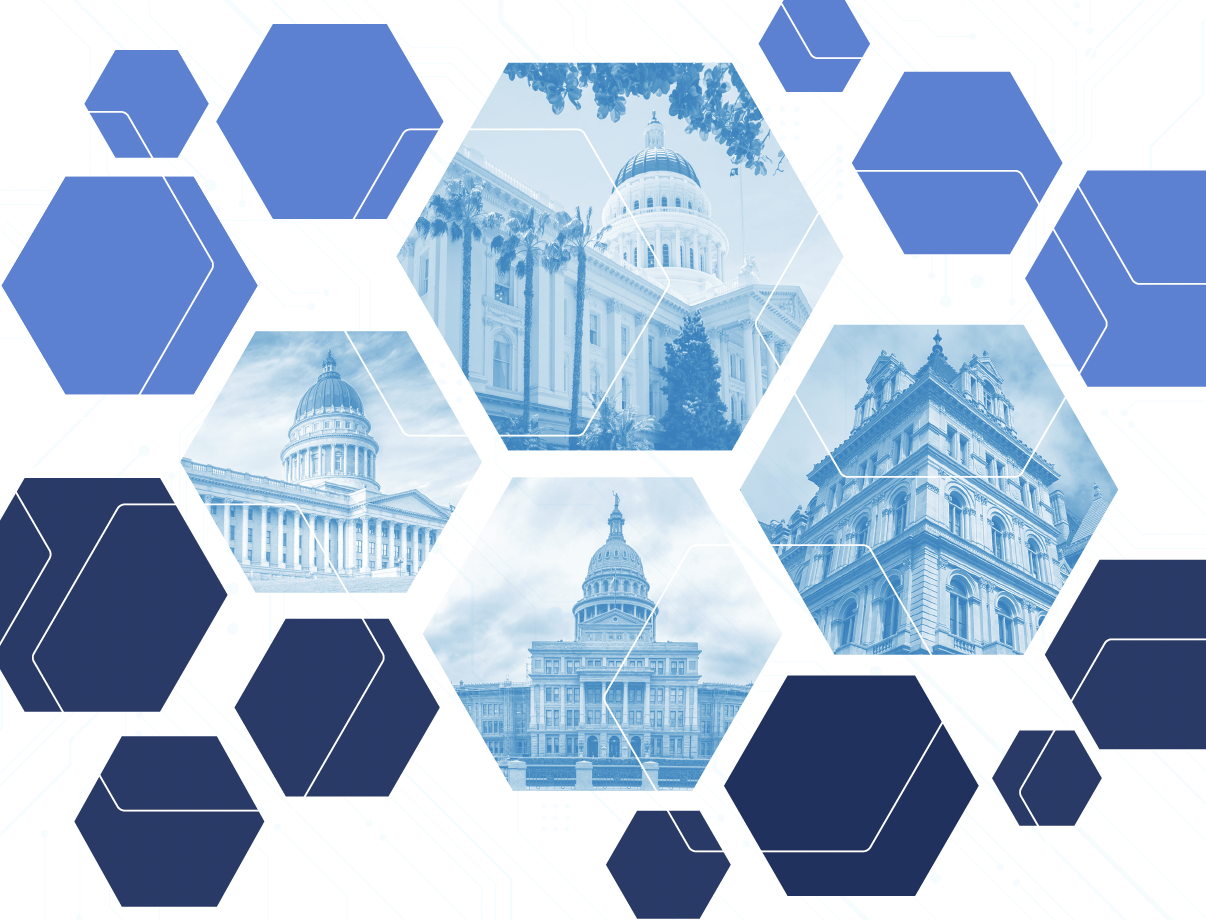The State of State AI: Legislative Approaches to AI in 2025
State lawmakers accelerated their focus on AI regulation in 2025, proposing a vast array of new regulatory models. From chatbots and frontier models to healthcare, liability, and sandboxes, legislators examined nearly every aspect of AI as they sought to address its impact on their constituents.
To help stakeholders understand this rapidly evolving environment, the Future of Privacy Forum (FPF) has published The State of State AI: Legislative Approaches to AI in 2025.
This report analyzes how states shaped AI legislation during the 2025 legislative session, spotlighting the trends and thematic approaches that steered state policymaking. By grouping legislation into three primary categories: (1) use- and context-specific measures, (2) technology-specific bills, and (3) liability and accountability frameworks, this report highlights the most important developments for industry, policymakers, and other stakeholders within AI governance.
In 2025, FPF tracked 210 bills across 42 states that could directly or indirectly affect private-sector AI development and deployment. Of those, 20 bills (around 9%) were enrolled or enacted.1 While other trackers estimated that more than 1,000 AI-related bills were introduced this year, FPF’s methodology applies a narrower lens, focusing on measures most likely to create direct compliance implications for private-sector AI developers and deployers.2
Key Takeaways
- State lawmakers moved away from sweeping frameworks regulating AI, towards narrower, transparency-driven approaches.
- Three key approaches to private sector AI regulation emerged: use and context-specific regulations targeting sensitive applications, technology-specific regulations, and a liability and accountability approach that utilizes, clarifies, or modifies existing liability regimes’ application to AI.
- The most commonly enrolled or enacted frameworks include AI’s application in healthcare, chatbots, and innovation safeguards.
- Legislatures signaled an interest in balancing consumer protection with support for AI growth, including testing novel innovation-forward mechanisms, such as sandboxes and liability defenses.
- Looking ahead to 2026, issues like definitional uncertainty remain persistent while newer trends around topics like agentic AI and algorithmic pricing are starting to emerge.

